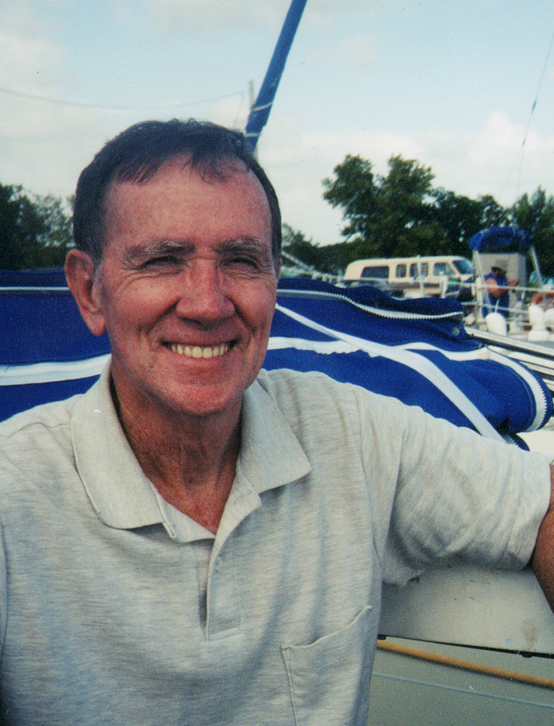One of my favorite movie scenes is at the end of “Casablanca,” the epic love story with Humphrey Bogart and Ingrid Bergman. I like the story of course, and I fell in love with Bergman when I was 8 years old.
The real heartthrob, however, is that DC-3 idling in the background. That airplane defined commercial aviation from its first flight in 1935. It had 21 passenger seats – a whopping increase from earlier planes like the Tri-Motor Ford, which only had nine. Those extra seats made commercial flight profitable for the first time.
As great as that was, better news was to come when America began gearing up for war just a few years later. The DC-3, it turns out, had attributes no one had foreseen or planned. It had oversize wheels, which enabled it to land just about anywhere, including dirt runways, farm fields and even jungle clearings.
It was also able to get in and out of tight places with short runways. And it was powerfully constructed and had heavy-duty engines, which meant it could carry a huge payload. Pilots used to joke that if you could get it into the airplane, the DC-3 could get off the ground with it.
When the Japanese blocked the Burma Road over the eastern end of the Himalayan mountains in 1942, the US Army Air Corps put DC-3s to work flying over the “Hump” from India to China to supply Chinese and American forces.
All told, some 10,000 DC-3s were built for the war effort. Most had the ignoble task of delivering cargo throughout the backwash of the Pacific and Europe. Some took on more romantic tasks such as dropping airborne troops over Germany. Somewhere along the line it gained the nickname “Gooney Bird.”
When Germany surrendered in May 1945 and the Soviets blockaded Berlin, America loaded up the DC-3s again and flew millions of tons of goods into that beleaguered city.
Even when jets took over the skies in the 1950s and 60s, the DC-3 kept flying. Despite the efforts of aircraft builders to find a replacement for the lumbering “Gooney Bird,” everyone came to the conclusion that the only suitable replacement for the DC-3 was another DC-3.
As a result, they flew military goods to remote parts of Korea and later into the jungles of Vietnam. They flew wounded soldiers to safety during both wars.
Romance followed it everywhere, of course. After all, it was a DC-3 that flew Indiana Jones in pursuit of the Arc of the Covenant in “Raiders of the Lost Arc.”
And it waited humbly while Ingrid Bergman bid farewell to Humphrey Bogart in the rain at Casablanca.



